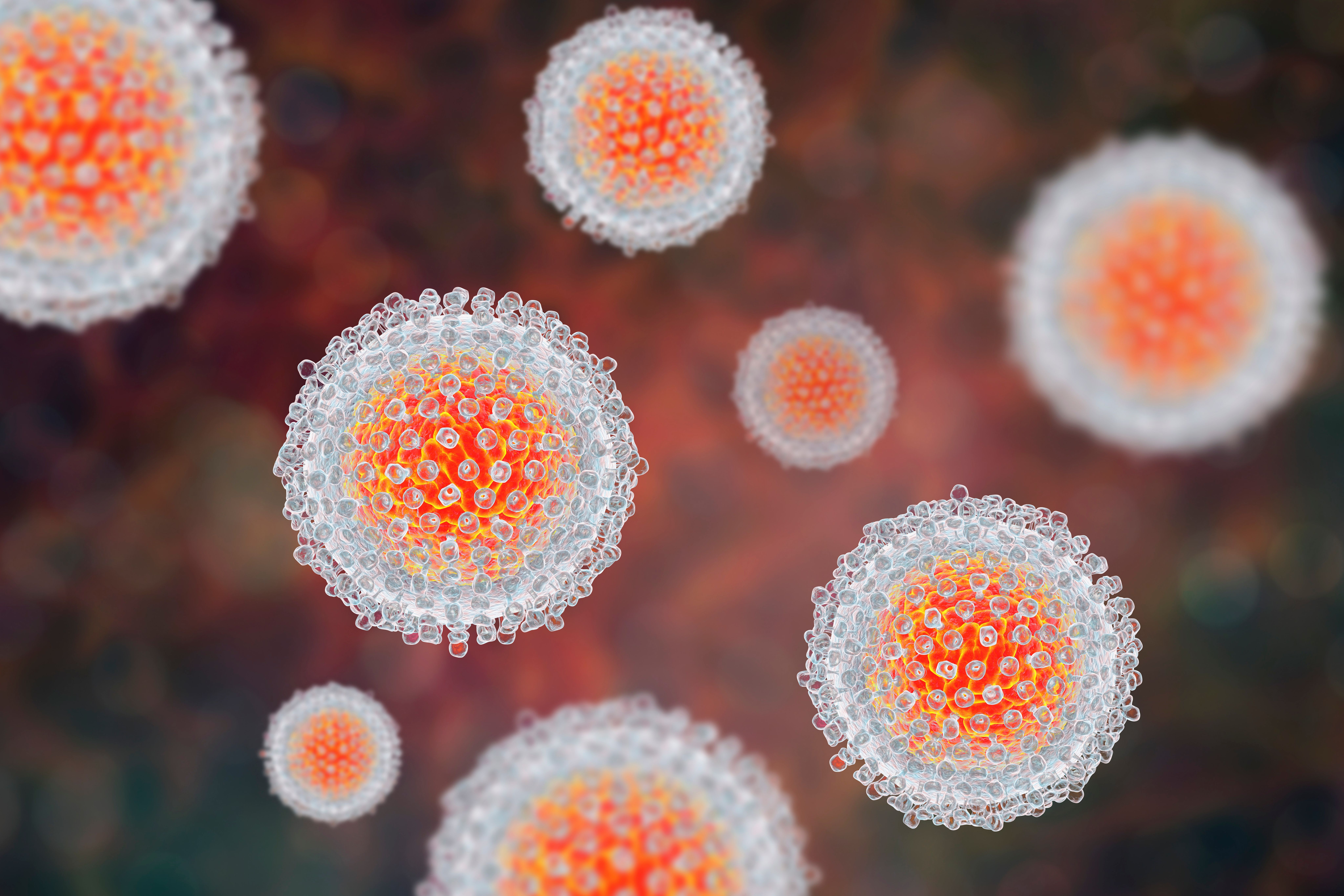Article
Maternal Hepatitis C During Pregnancy Increases Risk of Adverse Perinatal Outcomes
Author(s):
The study authors said that further investigation is needed to explore specialized care for mothers and newborns who are affected by hepatitis C infections during pregnancy.
The prevalence of hepatitis C virus (HCV) in pregnancies has been increasing, with maternal HCV infections associated with an increased risk of adverse perinatal outcomes, according to the results of a study published in JAMA Network Open. The study authors said that further investigation is needed to explore specialized care for mothers and newborns who are affected.
Dr_Microbe - stock.adobe.com

Injectable drugs are a primary risk factor for HCV in adults, with approximately one-third of new cases occurring in women aged 20 to 29 years. Investigators said that data on HCV during pregnancy are limited, so they aimed to estimate the trend of HCV-positive pregnancies during the opioid epidemic and how this could be associated with maternal and perinatal outcomes.
Investigators used data from the United States from 1998 through 2018, with the analysis performed from November 14, 2021, to May 14, 2023. Individuals were women in the hospital for childbirth or spontaneous abortion and included in the National Inpatient Sample of the Healthcare Cost and Utilization Project.
The main outcome included the temporal trend, measured by the change in annual prevalence of HCV-positive women who were pregnant since the beginning of the opioid epidemic in the late 1990s, according to investigators. The secondary outcomes included the associations between maternal HCV infection and maternal and perinatal adverse events.
Investigators started with more than 70 million hospital admissions related to childbirth or spontaneous abortion, with 137,259 being mothers with HCV. They identified that the majority of these women were White, had low-income, and were more than likely to have histories with tobacco, alcohol, and opioid use compared with mothers who were HCV-negative.
The median age of women with HCV was 28 years compared with 27.2 years for those who were HCV-negative. Women who had HCV were in more rural and urban teaching hospitals.
Investigators found that the prevalence of HCV-positive pregnancies increased 16-fold during the study period and reached 5.3 cases per 1000 pregnancies in 2018. Furthermore, for age-specific prevalence, those who were aged 41 to 50 years only had a 3-fold increase, whereas those aged 21 to 30 years had a 31-fold increase.
For those aged 18 to 20 years, there was a 22-fold increase, and for those aged 31 to 40 years, there was an 8-fold increase. Investigators found that the 21- to 30-year-old age group had an increase in HCV-positive pregnancies in 2010, which was the start of the second wave of the opioid epidemic.
Additionally, investigators found that there were higher odds of cesarean delivery, preterm labor, poor fetal growth, or fetal distress for those associated with HCV-positive pregnancy. Investigators did not find any significant differences for gestational diabetes, preeclampsia, eclampsia, or stillbirth, according to the results of the study.
Investigators found that women who were HCP-positive had a higher prevalence of anemia.
There were several limitations in the study, including that an absence of a diagnosis, evident for HCV-negative individuals, which investigators said could be misclassification bias.
Additionally, there were no data collected on HCV viral titers, which limited the data in the study. There were also no data on prenatal care or health literacy, which could have affected the outcome of the results, according to the study authors.
References
Chen P, Johnson L, Limketkai BN, Jusuf E, et al. Trends in the prevalence of hepatitis C infection during pregnancy and maternal-infant outcomes in the US, 1998 to 2018. JAMA Netw Open. 2023;6(7):e2324770. doi:10.1001/jamanetworkopen.2023.24770
Newsletter
Stay informed on drug updates, treatment guidelines, and pharmacy practice trends—subscribe to Pharmacy Times for weekly clinical insights.






